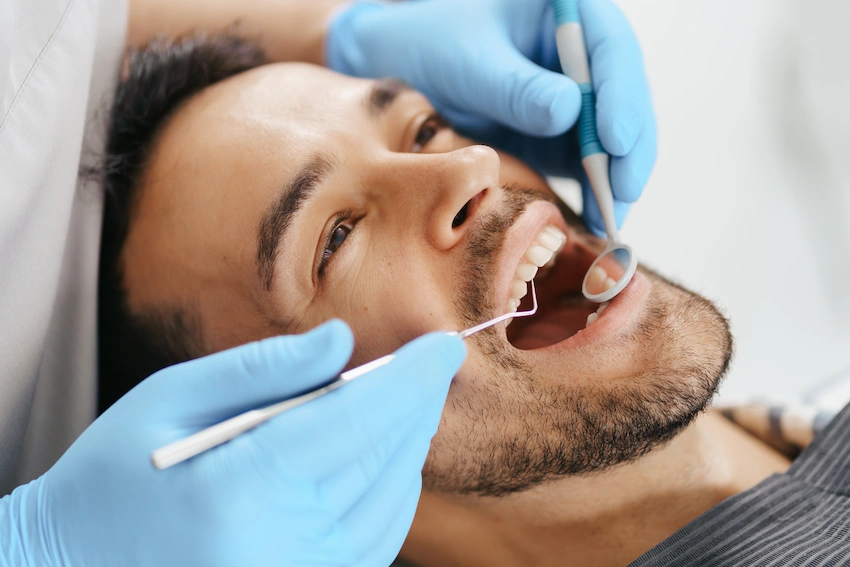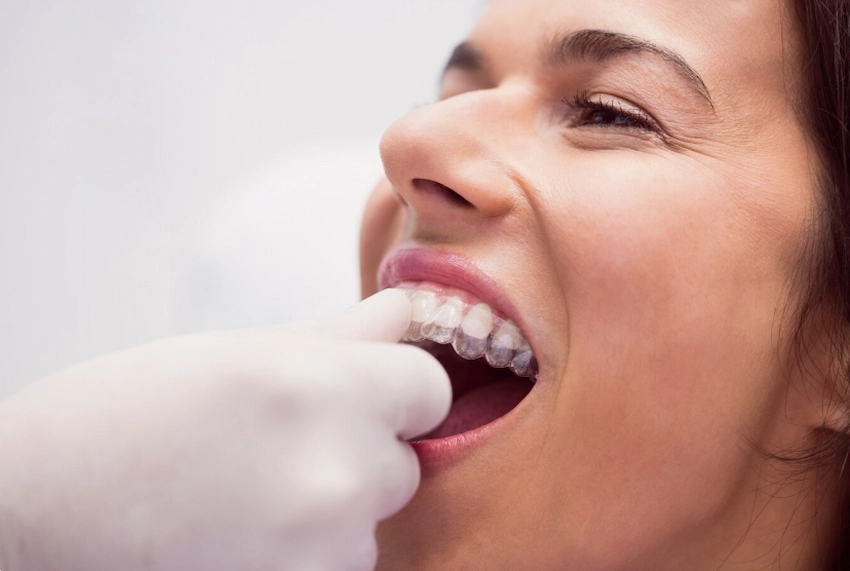Deciduous Teeth: Growth, Care, Timeline
Each adult’s bright smile begins with a healthy set of baby teeth. Although they are small, the impact of these teeth on lifelong health is considerable. Taking care of the deciduous teeth, thus, is not just restricted to the present—it paves the way for the future in the best possible way.
Our conviction at Lema Dental Clinic in Istanbul dictates that every smile, regardless of its age, should be protected. Therefore, our pediatric and cosmetic dental experts work together with the children and the adults, step by step, through the process of reaching a perfect forever smile. Our specialist teams are also there to do the needed transformation, with our state-of-the-art veneers, implants, and digital smile designs, and thus be able to give Hollywood Smile in nearly no time. No matter where your child’s dental path begins or in case you decide to have your own dental rehabilitation, Lema Dental Clinic is the best place to go.
What Are Deciduous Teeth and Why Are They Important?
Deciduous or milk, primary teeth are the first set of teeth that kids get and play a very important role in the growth of children. These little teeth begin to emerge when the child is around the age of six months and remain primary teeth until permanent teeth take their place. The fact that they are just for a transitional period, however, does not diminish their function in helping children not only eat and talk normally, but also keep a space in the jaw for the adult teeth.
Many people may think that baby teeth do not require proper care as they are to be replaced. This is a common misconception. In the absence of healthy deciduous teeth, a child will have a less comfortable meal and their speech will be impaired. These little teeth largely contribute to the child’s confidence in smiling and social interactions from an early age.
When Do Baby Teeth Start to Come in and Fall Out?
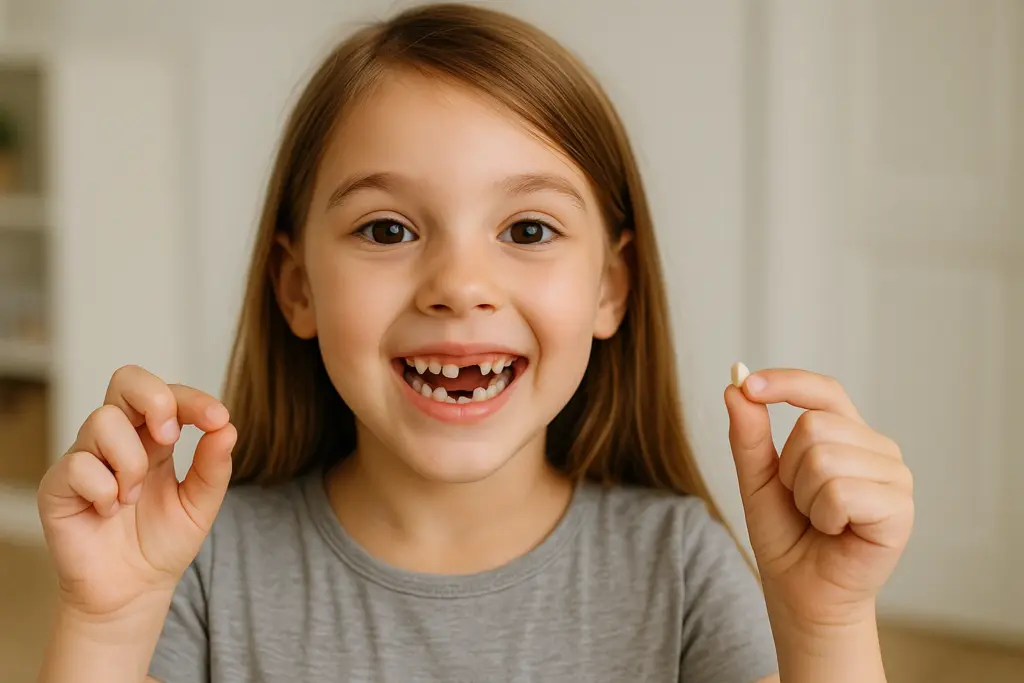
Most babies get their first tooth between 6 and 10 months. The central incisors (those front teeth that are so nice) tend to be the first to appear, and they are then followed by the lateral incisors, the first molars, the canines, and eventually the second molars. Almost always, by the time the child is 3 years old, there is a high percentage a marks of the full twenty primary teeth, but that does not happen every time since the twenty teeth are found in most three-year-old children.
As children get older, the baby teeth get loose and fall out naturally in order for permanent teeth to come in. This process generally starts at age 6 and continues until about 12. It is usually the same series of the mouth that got crowded first that empties out first. So, it’s advisable that a parent knows the order by keeping a baby tooth chart or a similar timeline so that they can keep pace with the progress and detect any delay.
How You Should Properly Take Care of Primary Teeth
Oral hygiene is the root of good health in the oral cavity since it is the first step in preventing dental problems. The practice should commence with the cleaning of the baby’s gums with a clean, damp cloth, even though the child does not have a single tooth. After the milk teeth start coming in, you should brush them with a toothbrush of the right size and a proper amount of fluoride toothpaste…
As your child is becoming older and getting the skills of brushing teeth, you should still supervise them until they can brush and floss properly. It is prudent to give them solid foods rather than those high in sugar and to take drinks that contain low sugar. Encourage them to drink a glass of water after meals, and do not forget to schedule regular dental checkups to prevent and identify Oral health issues early. The good practices acquired with baby teeth will extend into adulthood and will prevent oral problems such as dental caries and gingivitis in the future.
Common Issues with Deciduous Teeth in Children
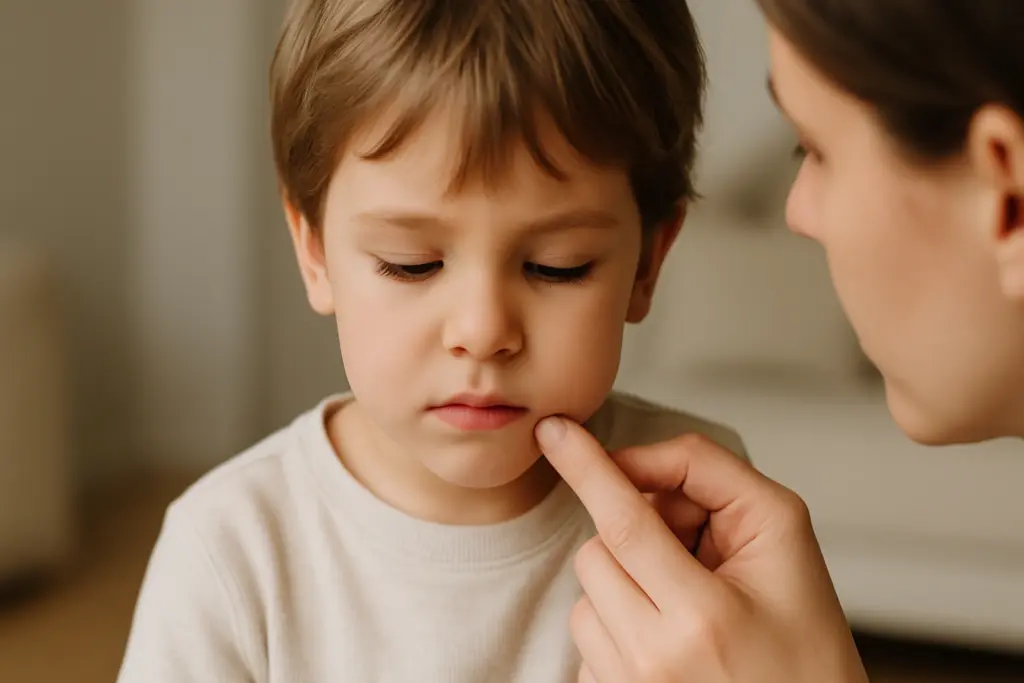
Dental caries are a significant concern for baby teeth, produced mostly by frequent snacks, sweet drinks, and poor brushing. “Nursing bottle caries” is the term for this condition, and if the youngsters do not get the necessary treatment, this can be a cause of pain, infection, and even early tooth loss. Always be aware that decay in baby teeth is very contagious and can seriously affect the germination of the adult teeth underneath.
Delayed eruption, crooked teeth, and early tooth loss due to accidents or decay are some of the other problems that generally occur. In some new teeth cases, the permanent teeth may erupt before the baby teeth fall out and thus be crowded or may have a misalignment. The pediatric dentist has to find out if the kid needs the intervention of space maintainers or early orthodontic guidance.
When to See a Pediatric Dentist About Baby Teeth
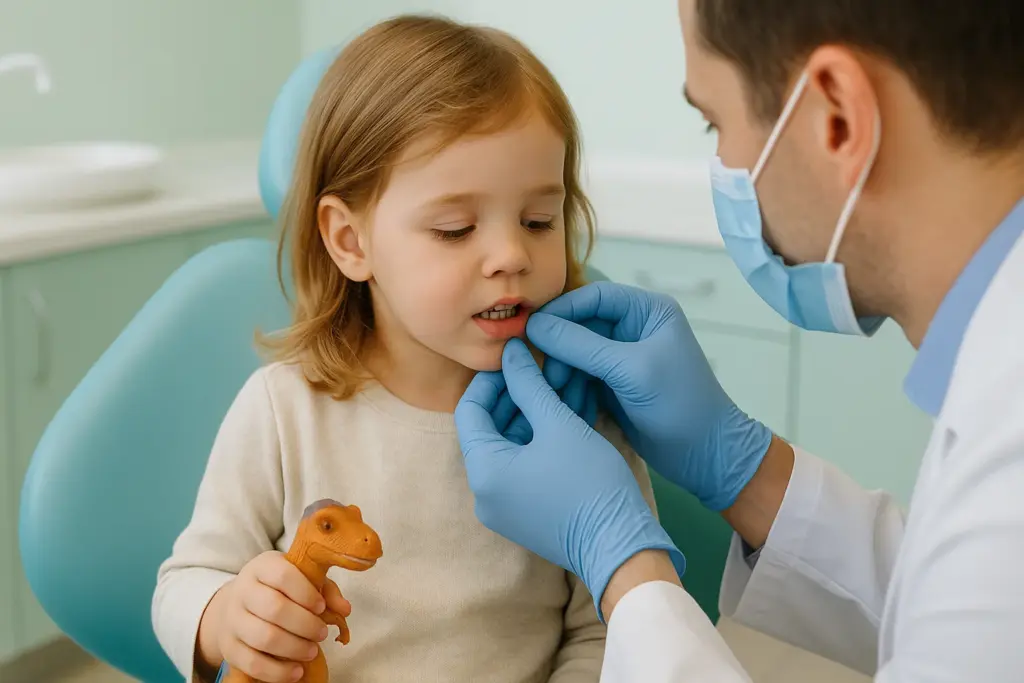
The pediatric dentist should be seen by the child either on his or her first birthday or within six months, at most, when the first tooth arrives. The meanings of these early visits do not have their focus on just checking the children’s teeth but on getting familiar with dental care, enlightening parents, and establishing a dental home for the kids. The subject of pediatrics is children’s oral health, and pediatric dentists can identify problems before they become big.
Having regular dental tests every six months will ensure good tooth development, remove any risks of cavities, and keep the teeth well aligned. If the child has persistent pain, swelling, dark spots on teeth, or has delayed eruption, do not wait; see a dentist. By solving dental problems in their early stages, the baby teeth can be kept healthy and will further support the smooth transition to the grown-up teeth.
FAQ: Deciduous Teeth in Children
Around 6 months, but it can vary from 4 to 12 months.
Children typically have 20 baby teeth—10 on top and 10 on the bottom.
Brush twice daily with a soft toothbrush and a smear of fluoride toothpaste.
Yes, they guide the placement of permanent teeth and keep space open for them.
By their first birthday or within six months of the first tooth erupting.

